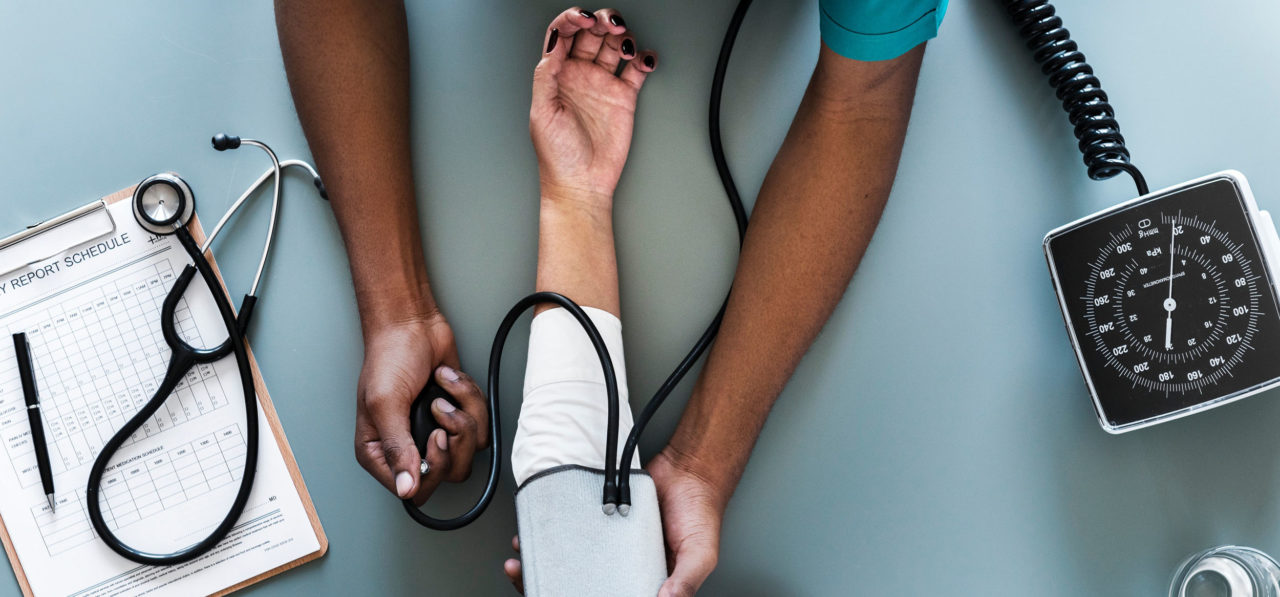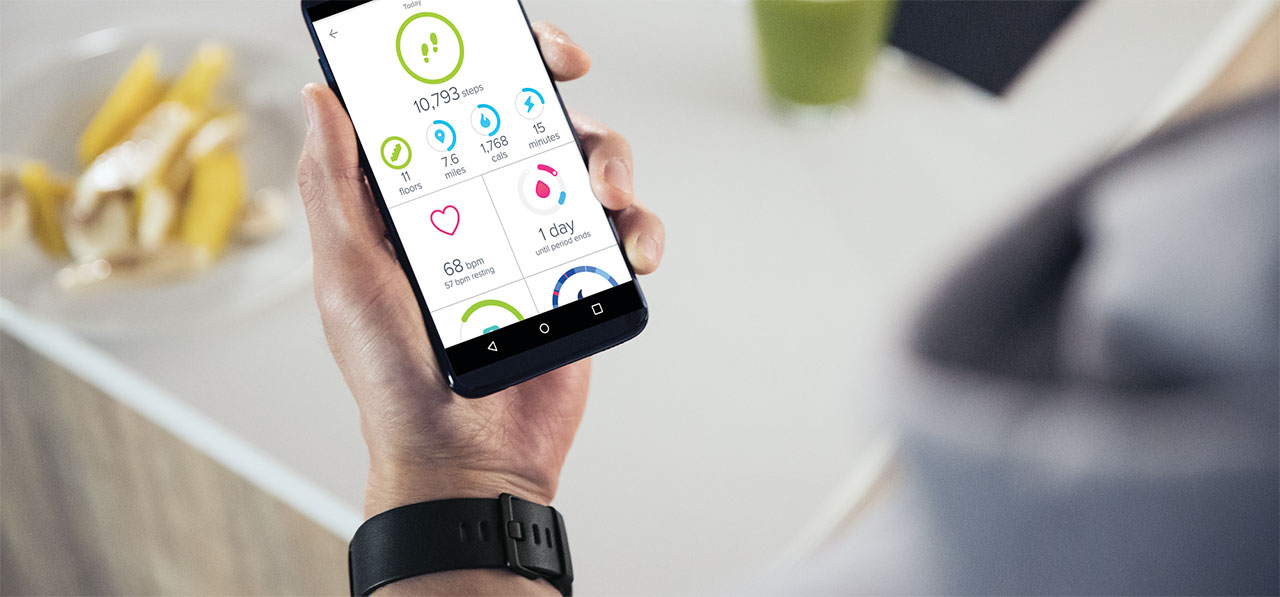How One Fitbit User Identified Her Heart Condition
Over at Fitbit headquarters, many of our customers send through their personal success stories from using Fitbit products. Below is one such story, as told by Fitbit Charge 2 user Bethany Teriaca.
During the 2016 holiday season, 29-year-old Bethany was gifted a Fitbit Charge 2 by her husband. Though she initially felt like she didn’t need it, she instantly fell in love with it. Wearing the device, logging her activity, and having the ability to log her steps already made her feel healthier.
But she quickly noticed that her heart rate always seemed high. The simple act of making a peanut butter & jelly sandwich would register her heart rate in a fat burning zone.
In January 2017, Bethany had a sinus infection. When it went away, her chest pain, shortness of breath, exhaustion, headaches and numbness in her hands and feet remained. Her heart rate continued to race and by the evenings, her Fitbit data showed that she had spent 4 hours in a fat burn stage.
So she began seeing doctor after doctor. First, an ER doctor. Then her cardiologist. Then a gastroenterologist. Finally, she ended up seeing multiple neurologists. Each time, she showed her healthcare professionals her Fitbit heart rate data. And each time, she would take a slew of tests that showed normal results.
Eventually, she took a tilt-table test which enabled her doctor to diagnose her with postural orthostatic tachycardia syndrome (POTS), a condition affecting how a person’s heart rate and blood pressure work together, often resulting in unstable blood pressure. Six months later, Bethany has been taking medication to manage her POTS and is even back at the gym. “My energy is so much higher, and I’m finally able to run on the elliptical for 10 minutes – something I hadn’t been able to do in a year and a half,” says Bethany.
This article is not intended to substitute for informed medical advice. You should not use this information to diagnose or treat a health problem or condition. Always check with your doctor before changing your diet, altering your sleep habits, taking supplements, or starting a new fitness routine.




